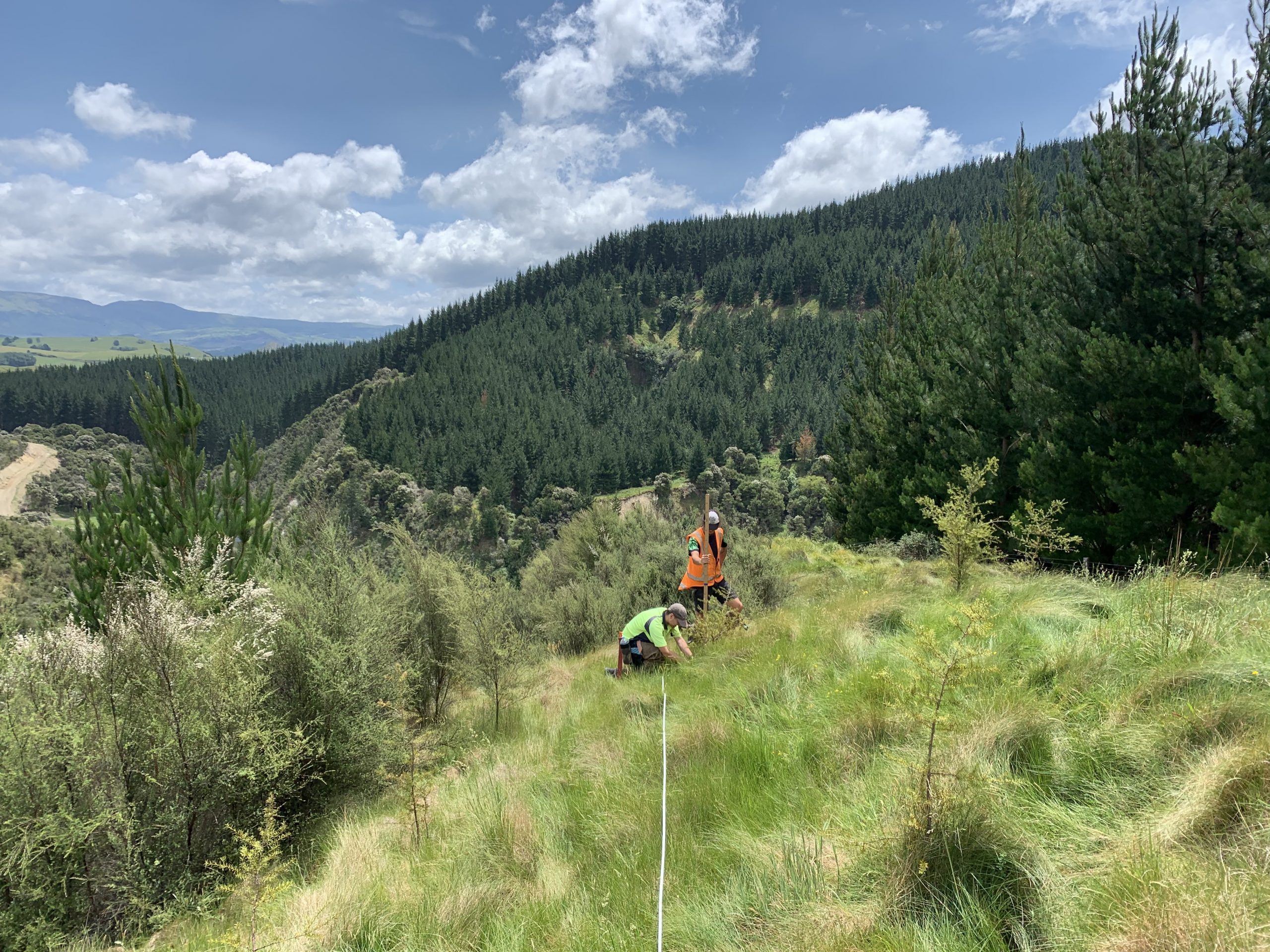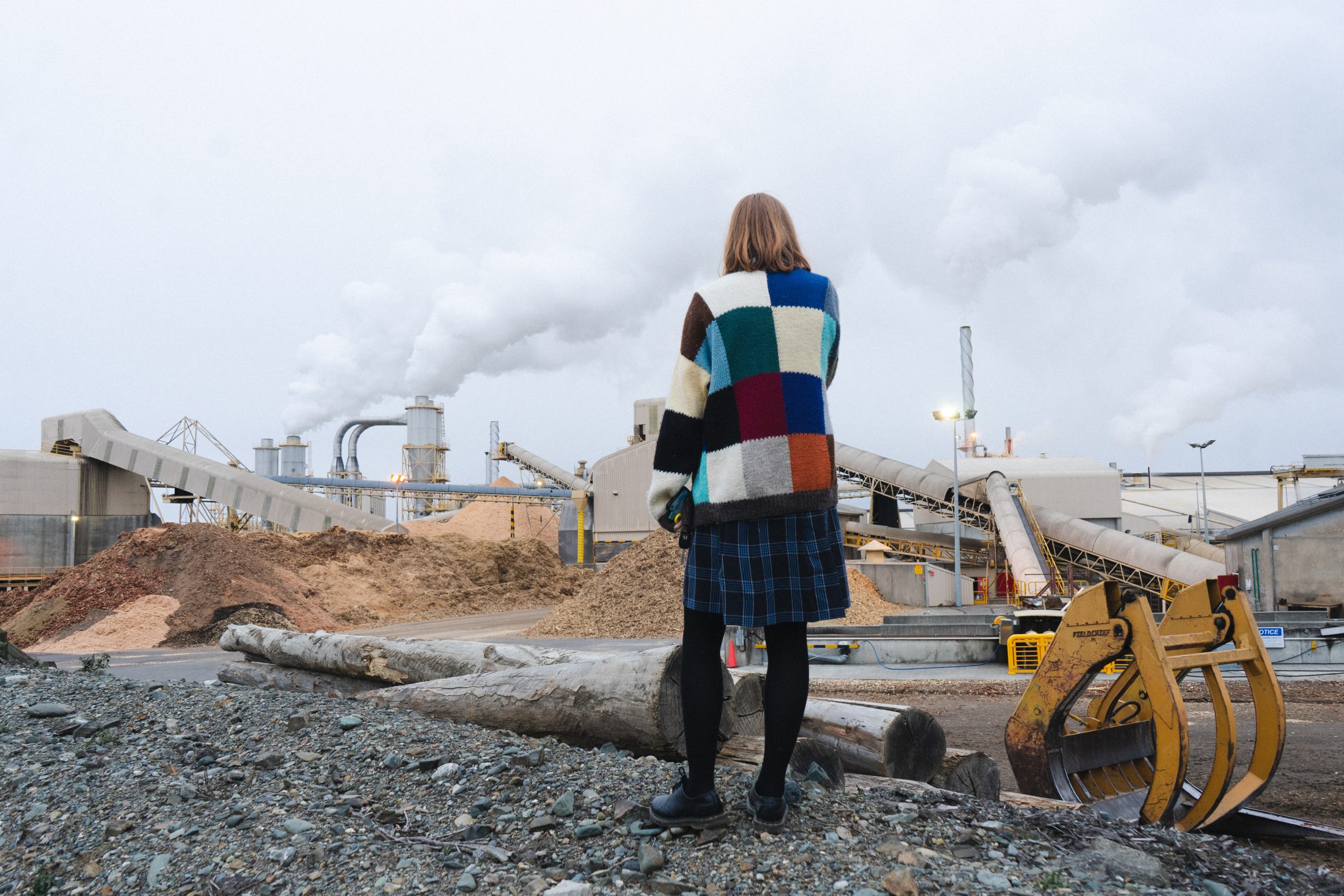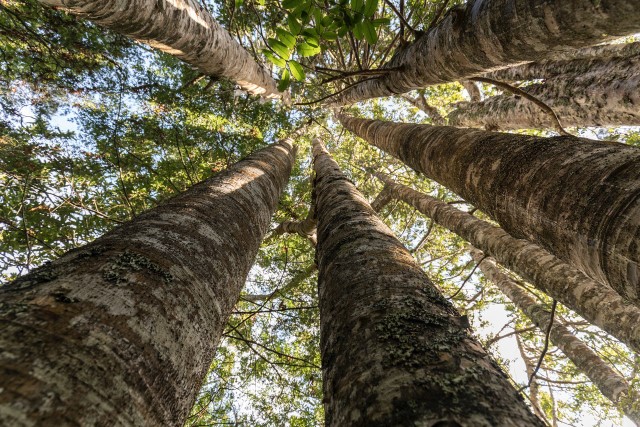The Government is planning for a low carbon future in which the forestry and wood processing sectors will play a major role. Significant investment is required, not only in new planting, but also in transforming and expanding the domestic wood processing sector to a high-tech, high-value sector, and in developing new products and markets.
Climate change is a major priority for the Government after Prime Minister Jacinda Ardern declared a climate emergency and the Climate Change Commission released their report which sets out a road map for change.
By the end of 2021 the Government is required to publish a comprehensive Emissions Reduction Plan (ERP) detailing strategies and priorities for reducing greenhouse gas emissions across every part of the economy.
For forestry and wood processing this represents an exciting opportunity for growth and transformation.
”The future of the forestry and wood processing sector lies in high tech, high value products used to lower emissions and decarbonise the environment.

Our vision: a diverse and productive forest estate
Permanently reforesting remote, unproductive and highly erodible land with native tree species will provide a long-term carbon sink that also improves biodiversity and water quality in the regions. Whereas, production forests will play an increasingly important role as a sustainable source of high-value, low-emissions materials and bioenergy.
As a renewable and carbon neutral resource, New Zealand’s forest estate is a major strategic asset that can and will underpin a productive, sustainable and high-value economic future for the country. Plantation wood grown in New Zealand will help provide biofuels, while native forests will act as carbon sinks offsetting emissions. Wood-fibre-based products such as bioplastics and biopharmaceuticals present major opportunities to develop high value exports that will contribute to our future prosperity.
To achieve this, the sector needs to make better use of the current forestry assets New Zealand has, plant more trees, and increase domestic processing.

Increasing the area of land in trees
Most farms are not destocking to plant pines, instead they are moving to a mixed model that allows landowners to earn money from livestock and from planting. Many livestock farmers already integrate trees into their farms for stock shelter and shade, erosion control, restoration of wetlands and rivers, and income diversification from carbon credits and wood.
Riparian plantings are another opportunity being taken up by farmers – as well as keeping stock out of waterways and reducing bankside erosion, some riparian plantings are being designed to meet the criteria needed for the Emissions Trading Scheme(ETS), enabling farmers to generate carbon credits.
Over 89 percent of land registered in the ETS is in Land Use Capability (LUC) classes 6, 7 and 8 which is considered the less desirable and productive farmland.
That is not to underestimate the mahi ahead of landowners in terms of ensuring that the large scale afforestation needed delivers maximum social, cultural, environmental and economic benefits. Additionally this will require an ongoing dialogue between multiple stakeholders and communities to ensure that future policy settings are delivering the best outcomes for Aotearoa.

Transforming the wood processing sector
Without industry transformation the forest and wood processing sectors will stall or fail to reach its potential and New Zealand will miss opportunities to decarbonise.
The transformation of the forestry sector which Te Uru Rākau proposes gives forestry and wood processing the option of building New Zealand’s reputation as a producer of premium, environmentally beneficial products that help to offset and reduce emissions in other sectors. One of the aims is to ensure New Zealand wood products remain sought after to meet the expectations of major trading partners and global customers who increasingly demand sustainably produced goods.
In order to achieve the social licence, the sector needs to build the public understanding of the benefits of forestry to communities and society as a whole. And while there are clear pathways forward to promote afforestation, industry needs to develop a compelling case for investors to become contiguous in forestry’s transformation.
The Forestry Industry Transformation Plan
To produce sustainable biofuel resources the sector needs significant investment. There will also need to be considerable Government support to deliver the necessary large-scale investment in domestic wood processing.
The Forestry Industry Transformation Plan (ITPF) has therefore been established for the sector to support the Government’s objectives for a productive, sustainable and inclusive economy, and contribute to net zero emissions by 2050.
The ITPF is being developed in partnership with Government, industry, science and iwi, worker groups and other interested stakeholders. The initial engagement phase of the ITP is drawing to a close. This will be followed by a policy development phase, supported by targeted engagements with stakeholders. A draft of the ITPF will be released for industry consultation in the second half of 2021 with aims to finalize by the end of the year.
The ITPF will define the vision and lay out a set of actions for the Government and the sector to support and accelerate significant value-added activity across the forestry and wood processing value chain.
Te Uru Rākau, the lead Government agency for the ITPF, is developing an evidence base to support the development of the vision and action-plan. This includes progressing the New Zealand Wood Fibre Futures Project. This project is developing business cases for investments in solid and liquid biofuels, and high-value wood products that can be used domestically and exported.
Additional initiatives that are taking place are the commissioning of a Timber Design Centre, which aims to encourage greater use of timber in mid-rise construction, and the Manufacturing Clusters work programme, which will investigate the productivity gains and sustainable benefits of co-locating wood processing plants with others.
Existing production forests play a significant role in decarbonising the economy, and all of the sectors they can support to decarbonisation through a move to timber as building products instead of concrete or steel and investing in biofuels.
To achieve this Government and industry will need to overcome a number of key barriers including:
- a lack of long-term security of supply of raw material; lack of price certainty; and the rising cost of wood fibre and energy in New Zealand
- a lack of favourable policy settings to increase domestic demand for wood products
- a lack of favourable policy settings to support investment in biofuels, bioplastics and other alternative uses of wood-fibre.
Te Uru Rākau is developing initiatives to maximise the benefits of forestry and unlock the potential of wood processing through addressing some of these barriers.
In closing there is a substantial opportunity to build on New Zealand’s forestry and wood processing sectors in a way that will provide employment, environmental and economic advantages for New Zealanders well into the future. The draft ITPF is a first step in transitioning the forestry and wood processing sectors to ensure the future of the sector is resilient and thriving.




Leave a comment